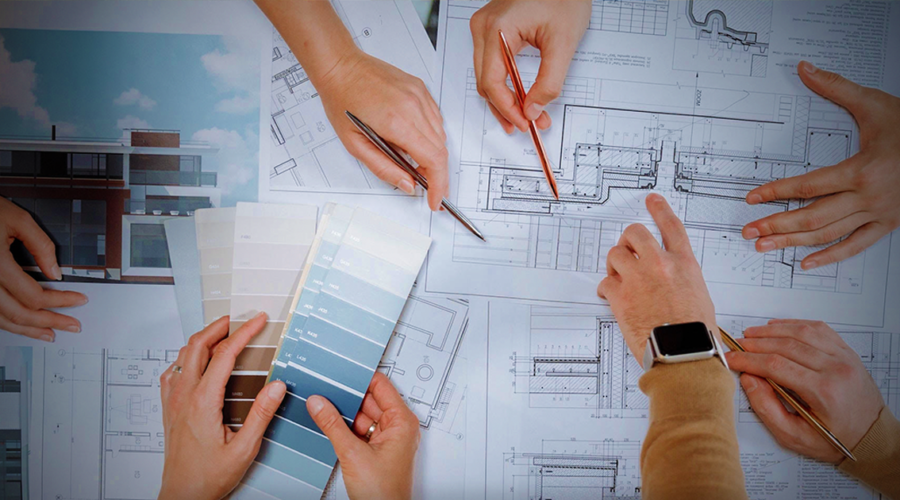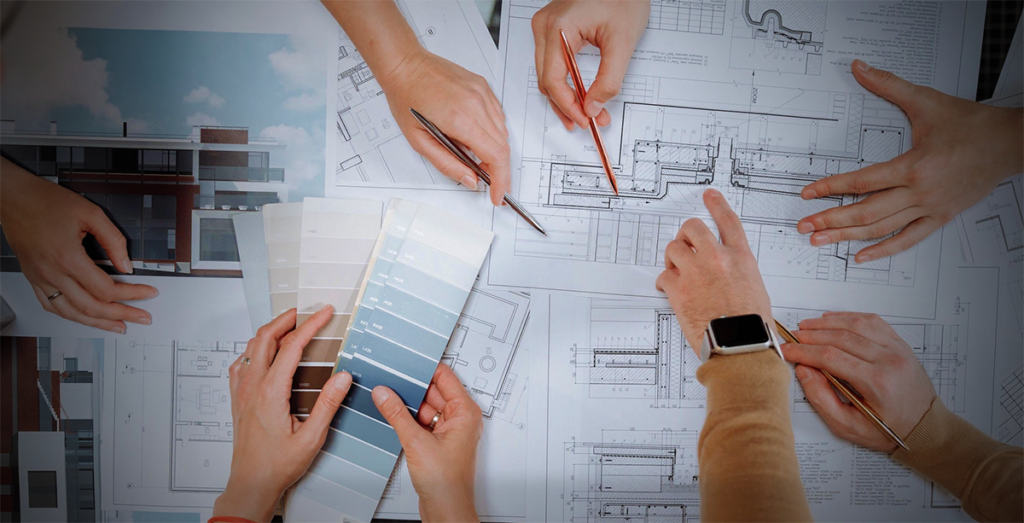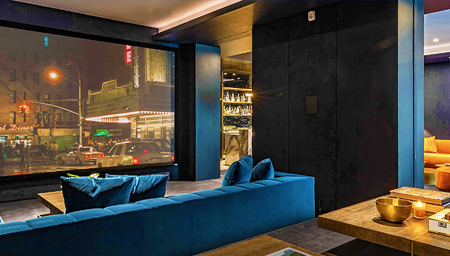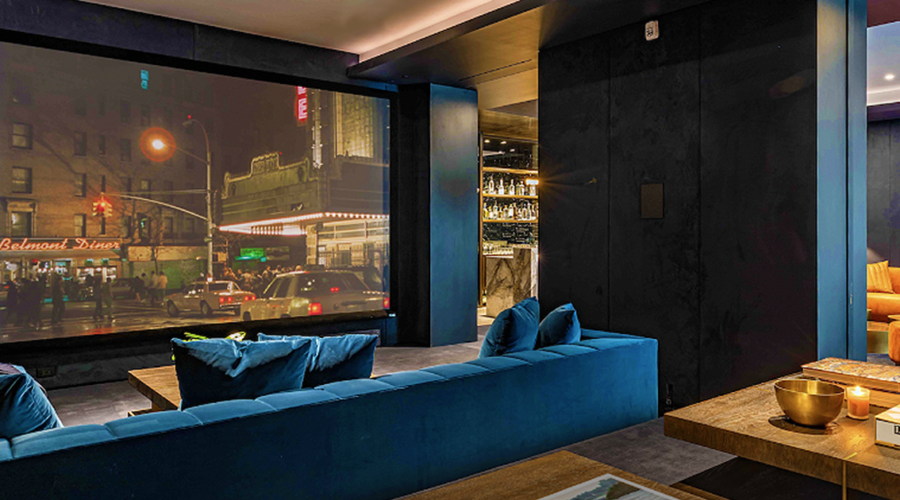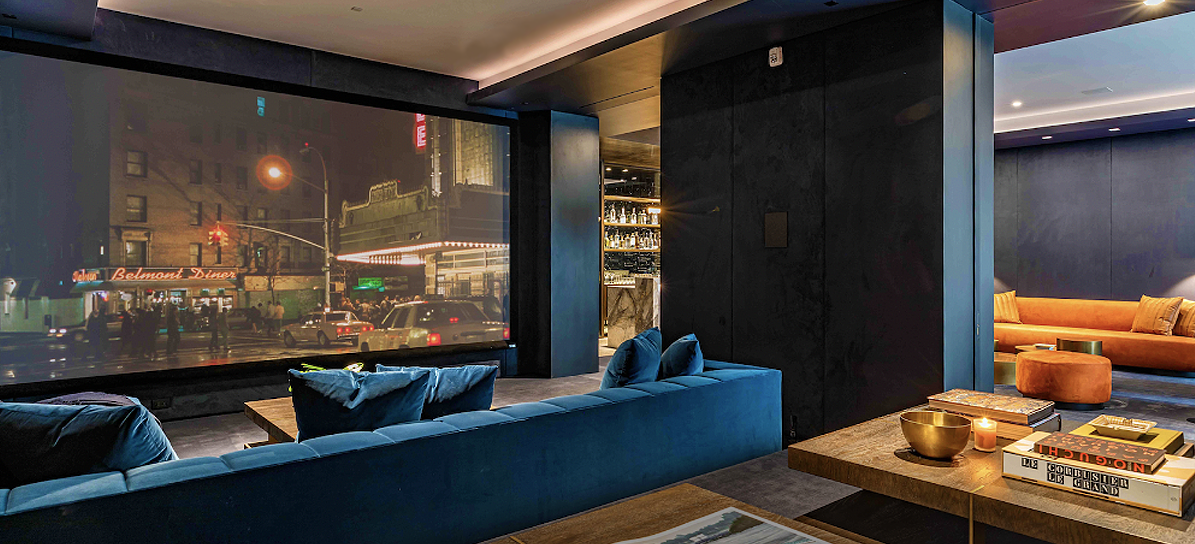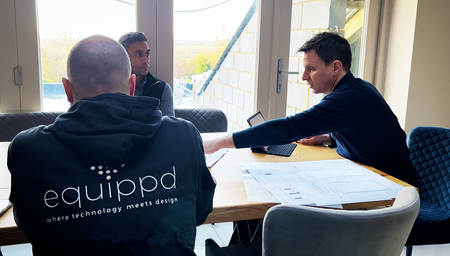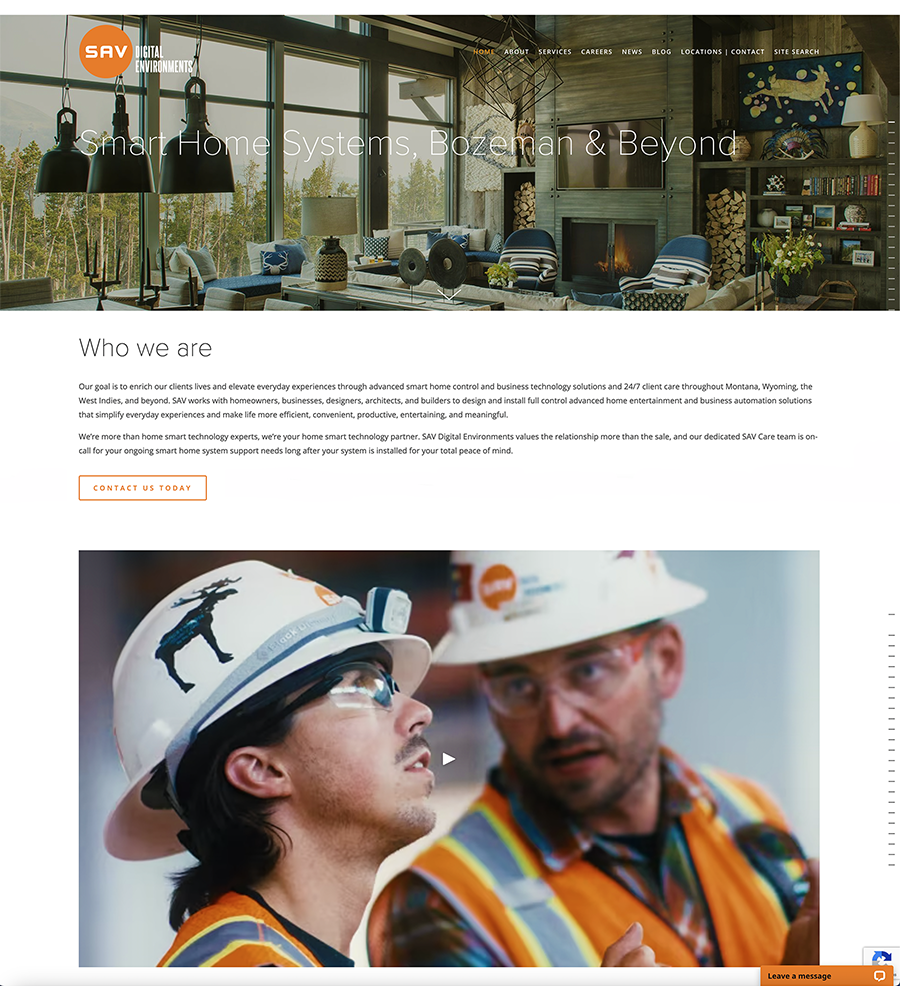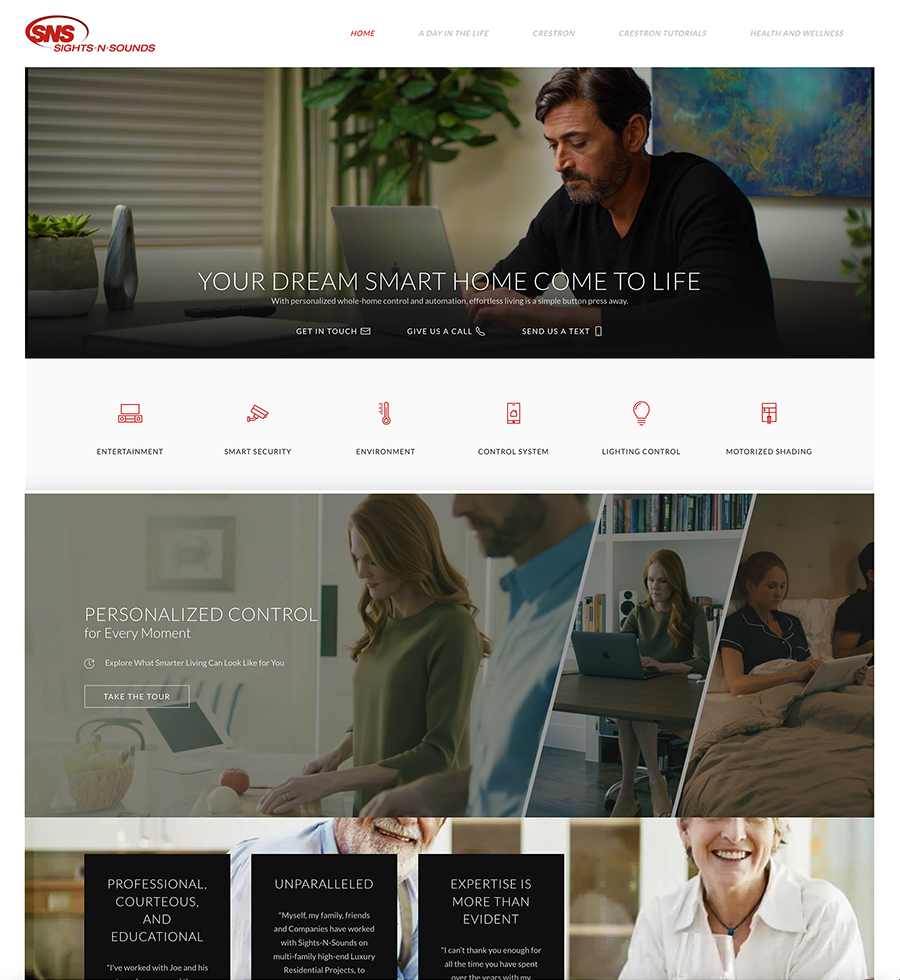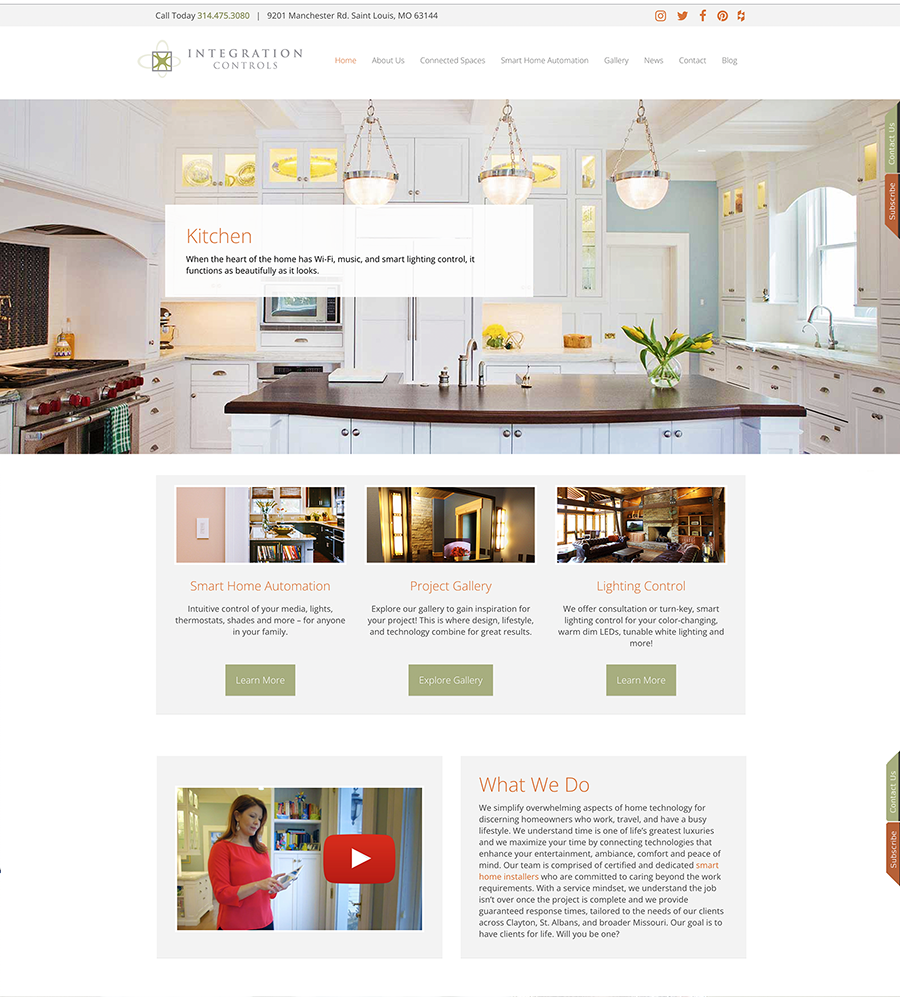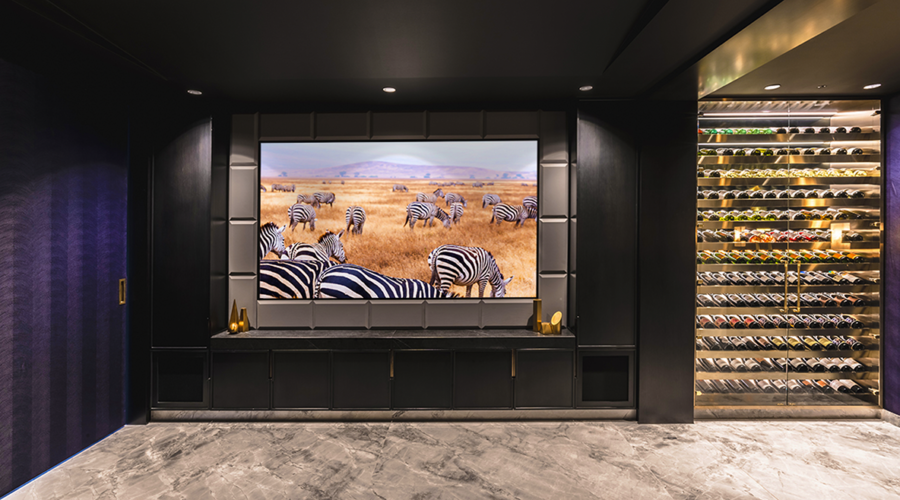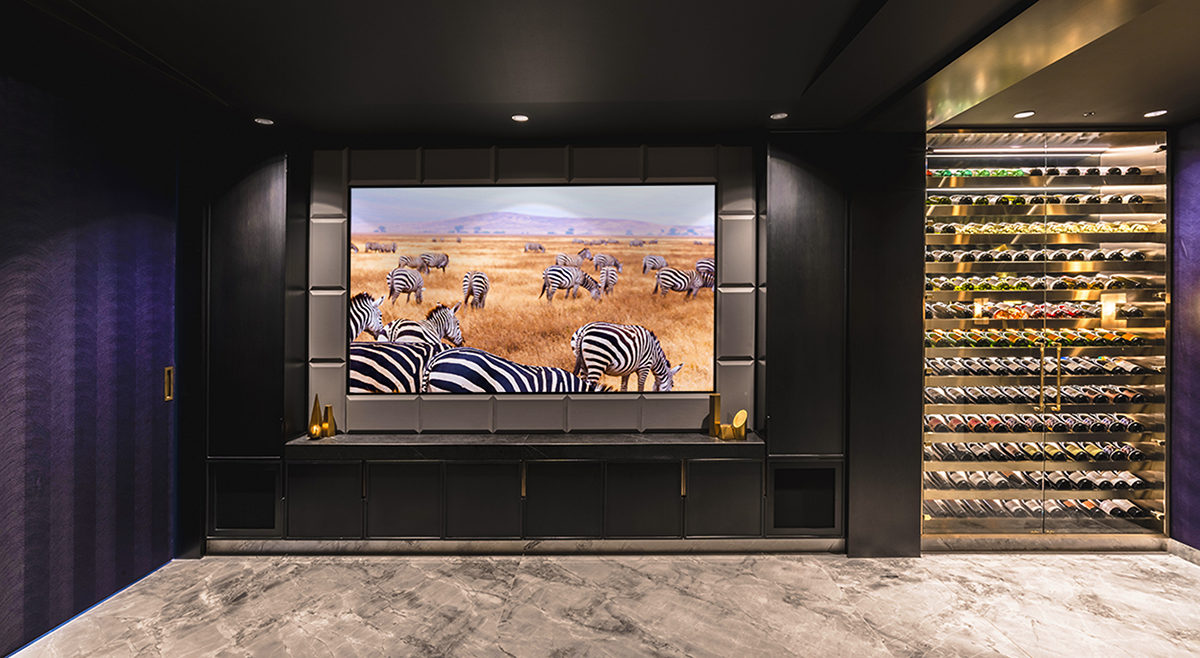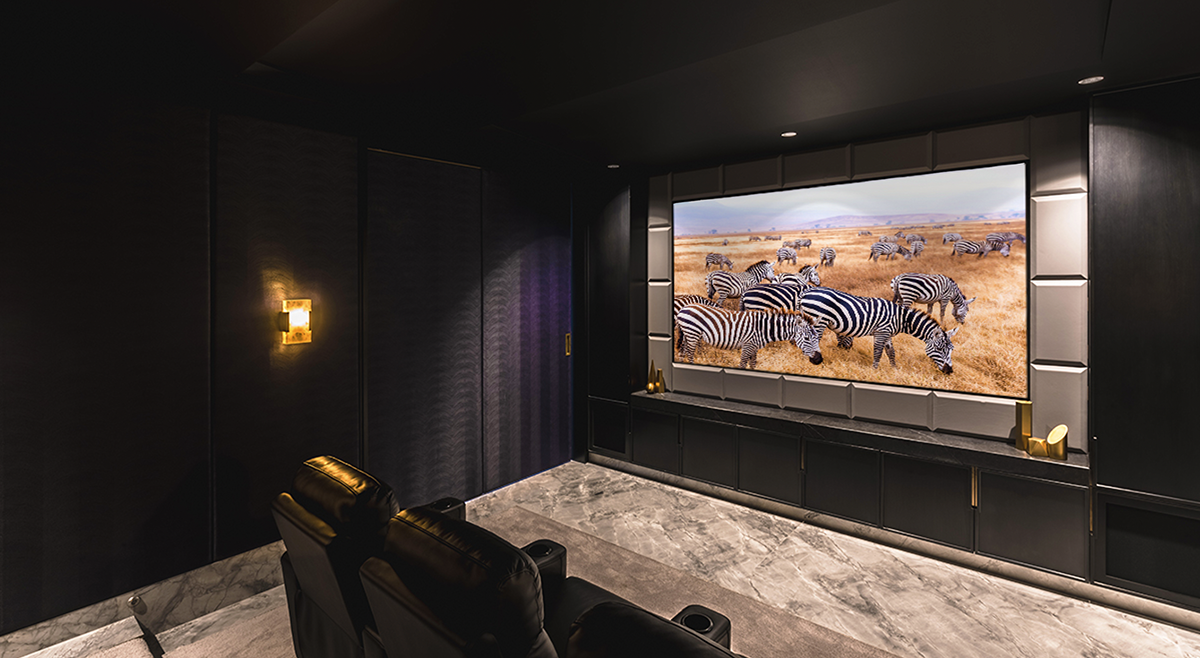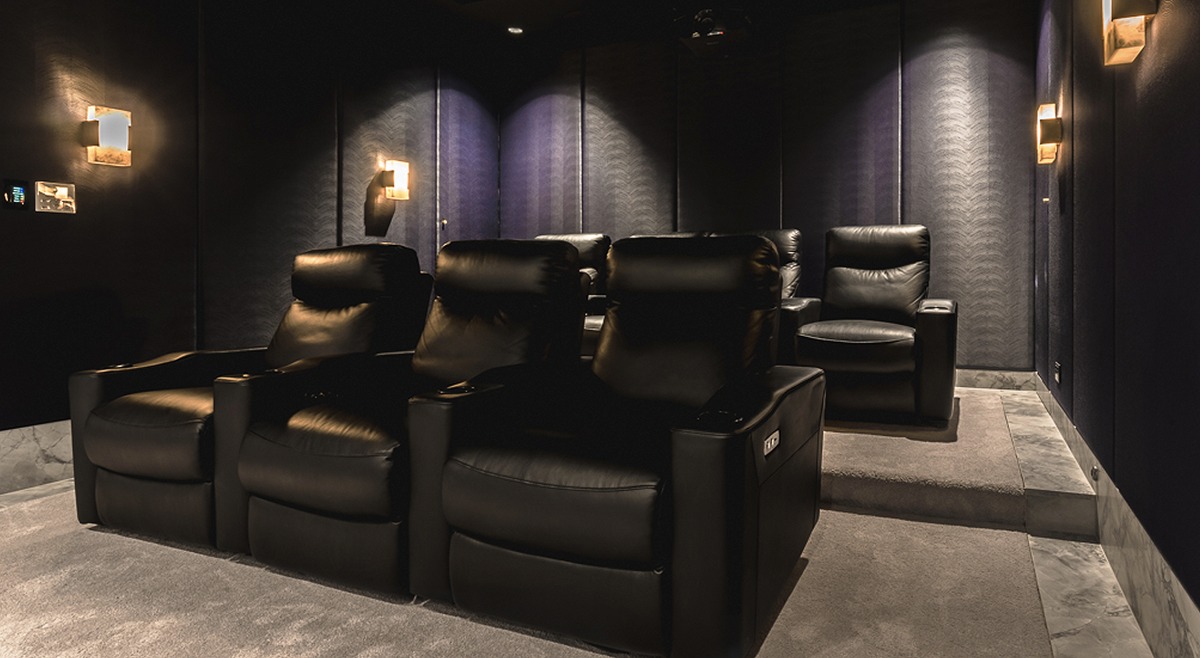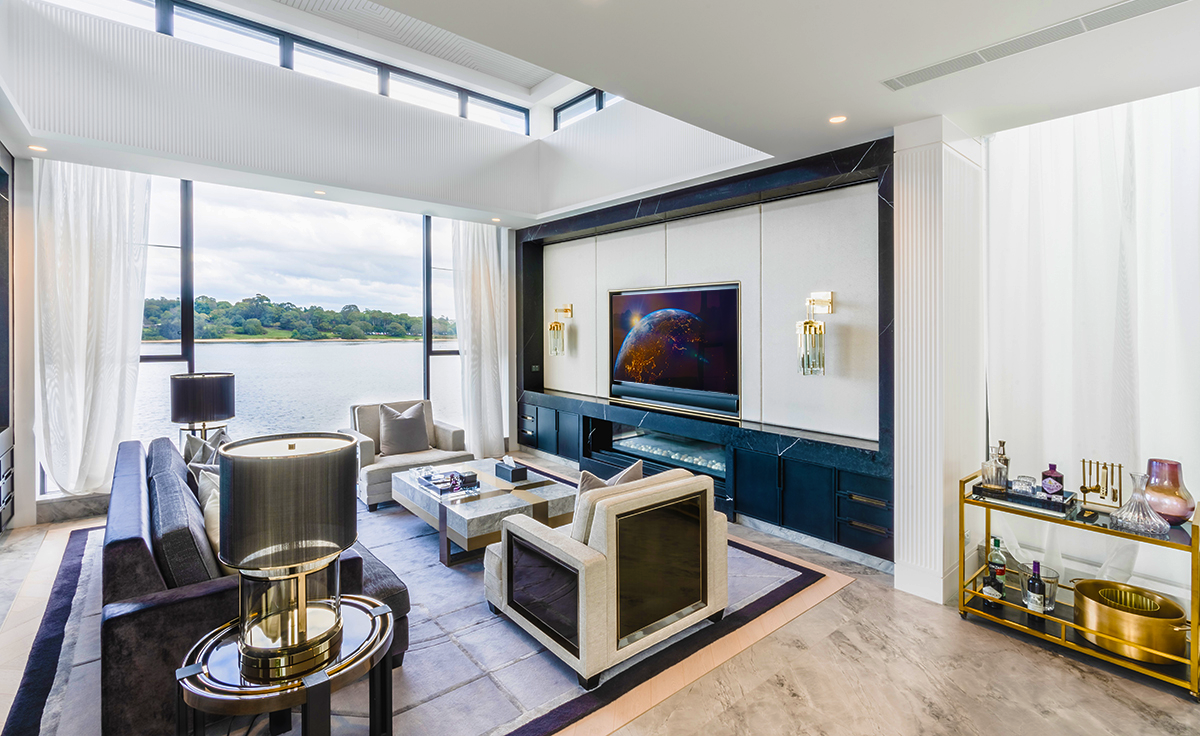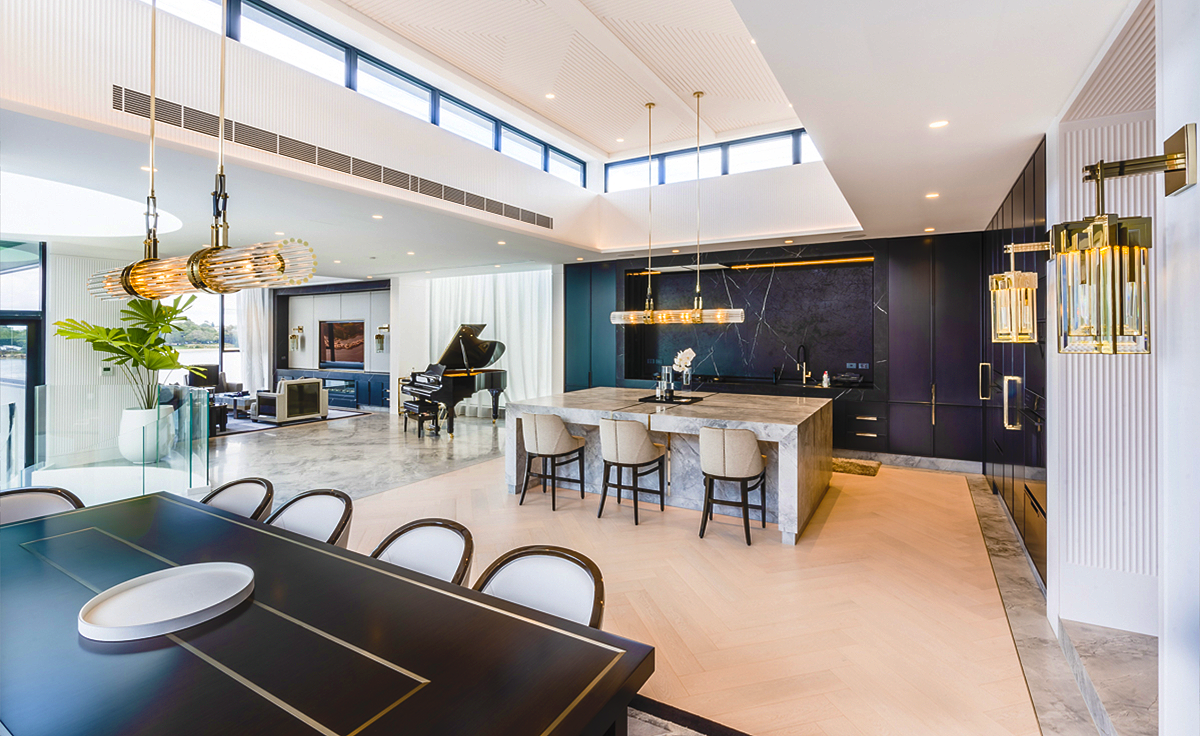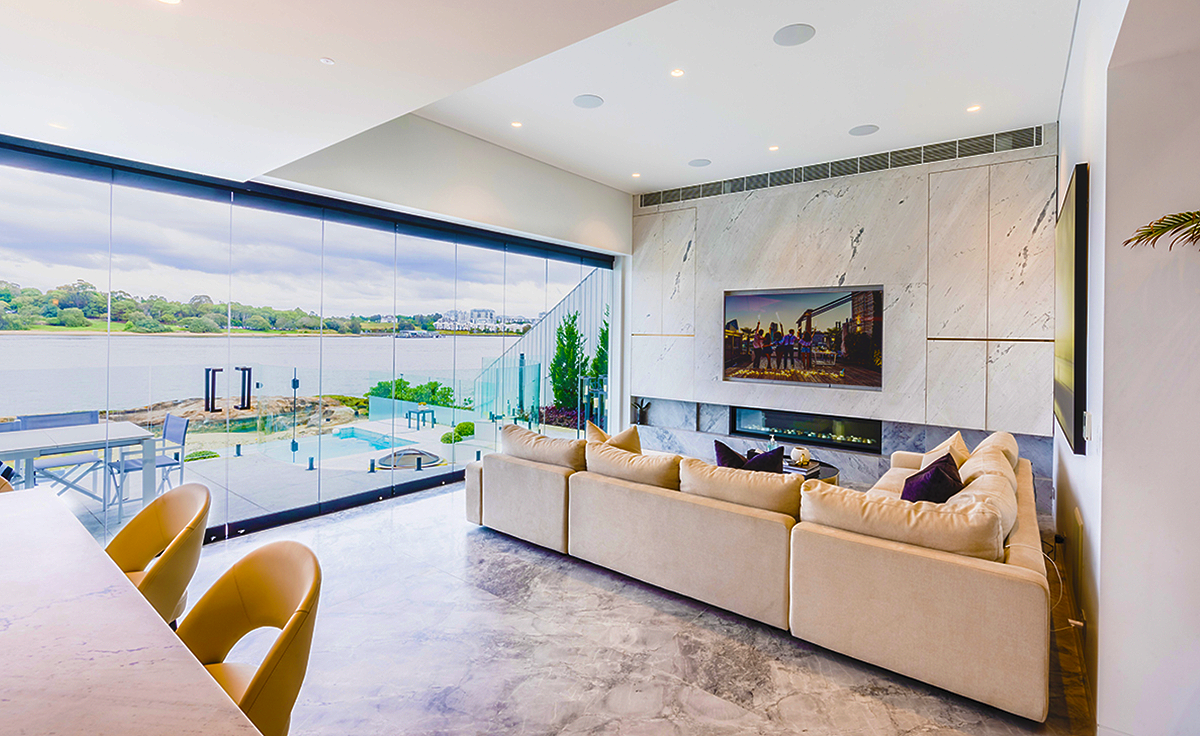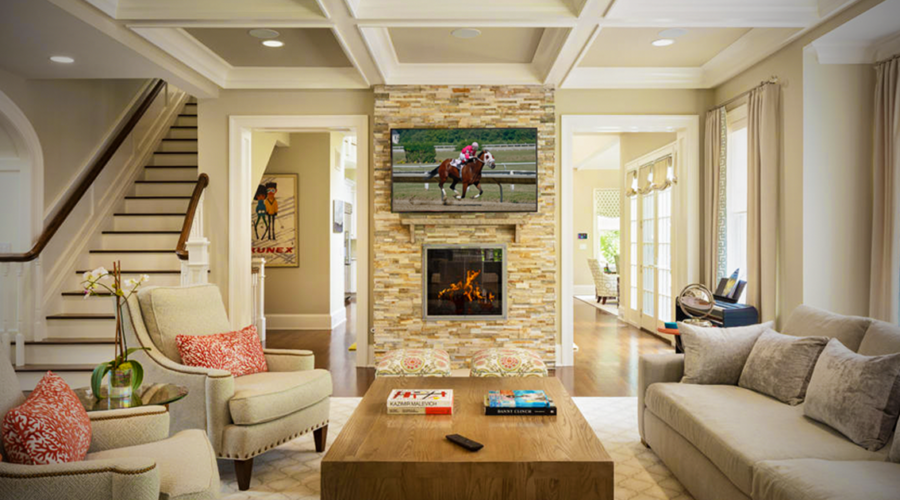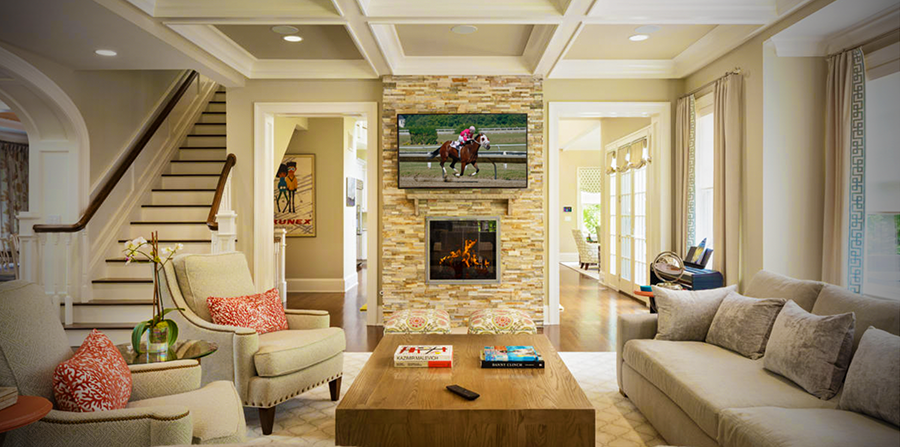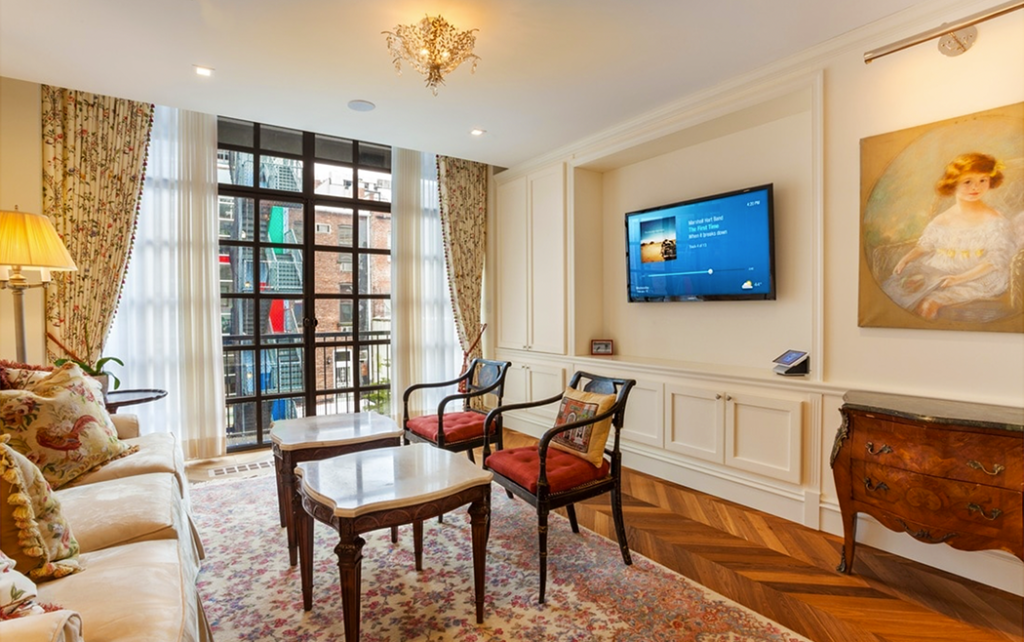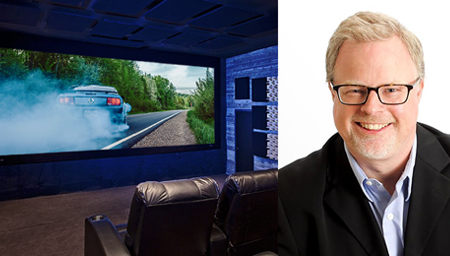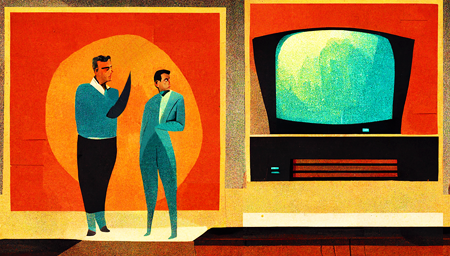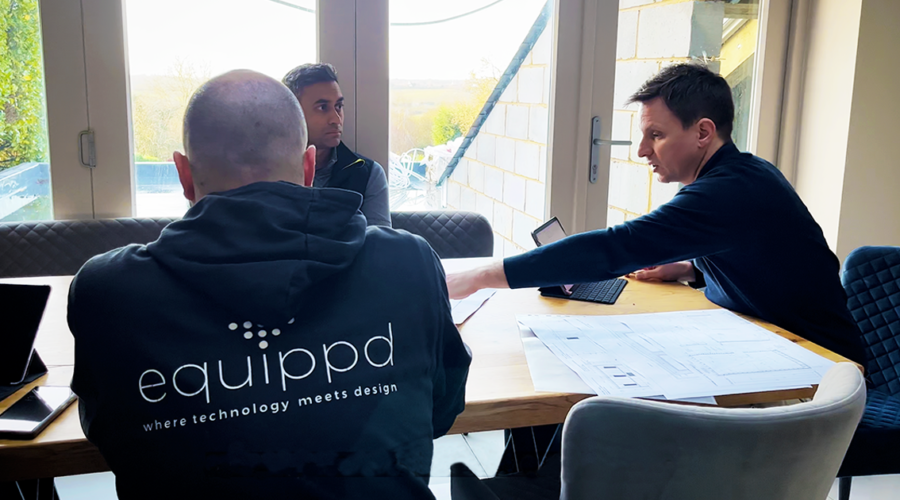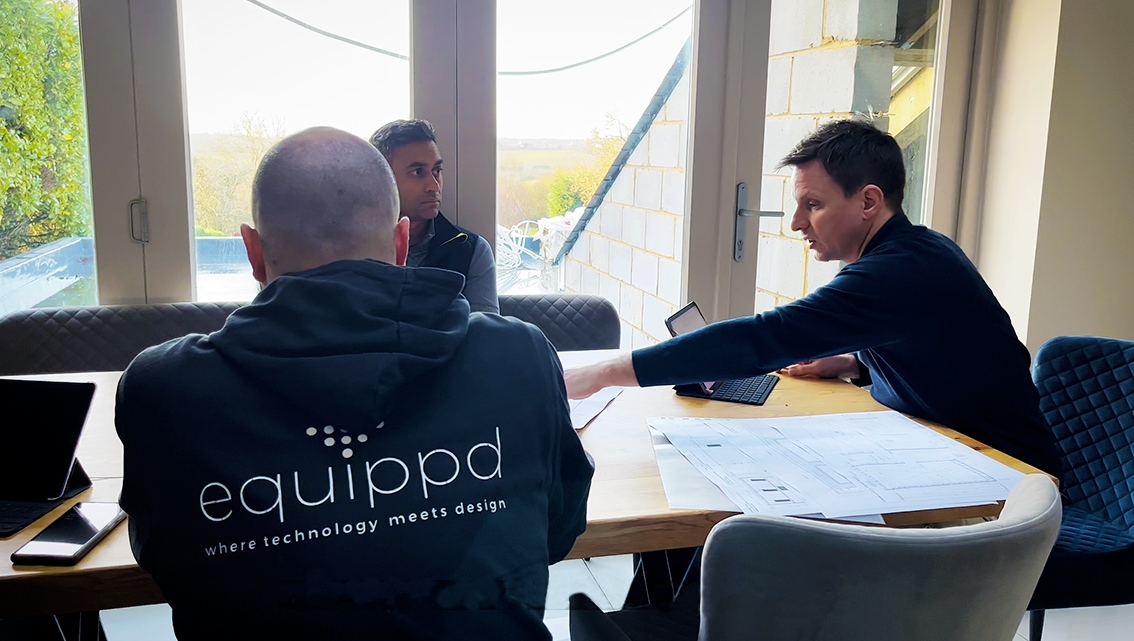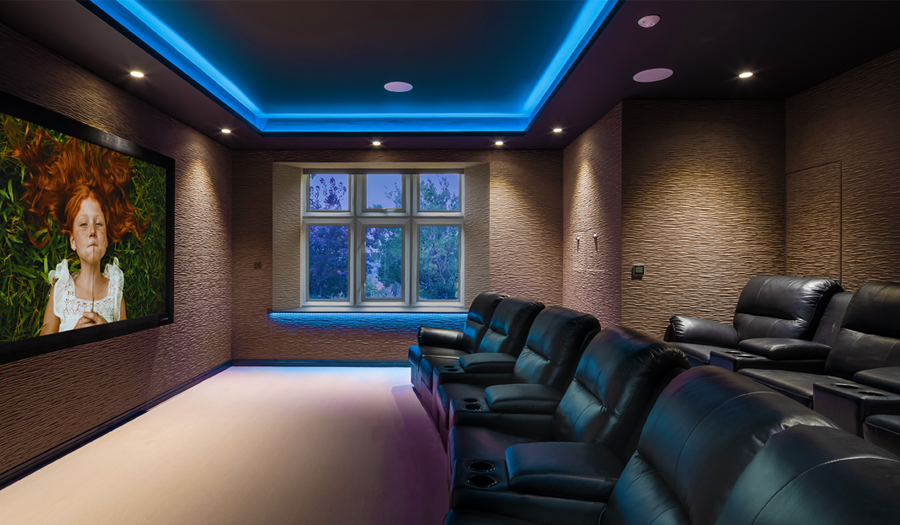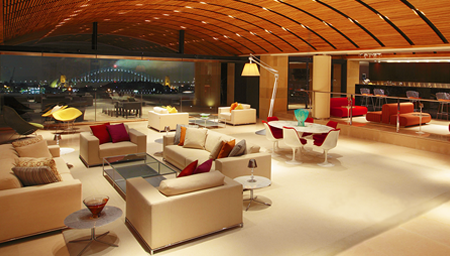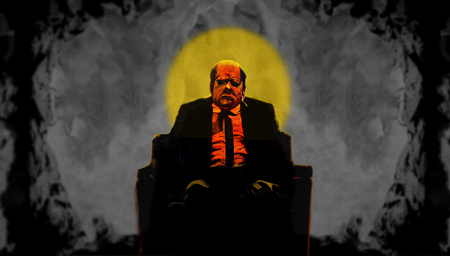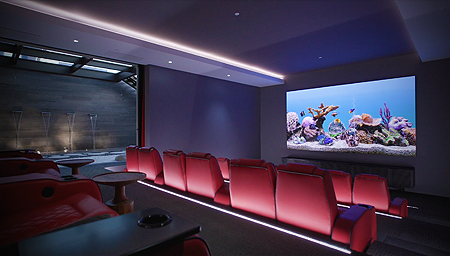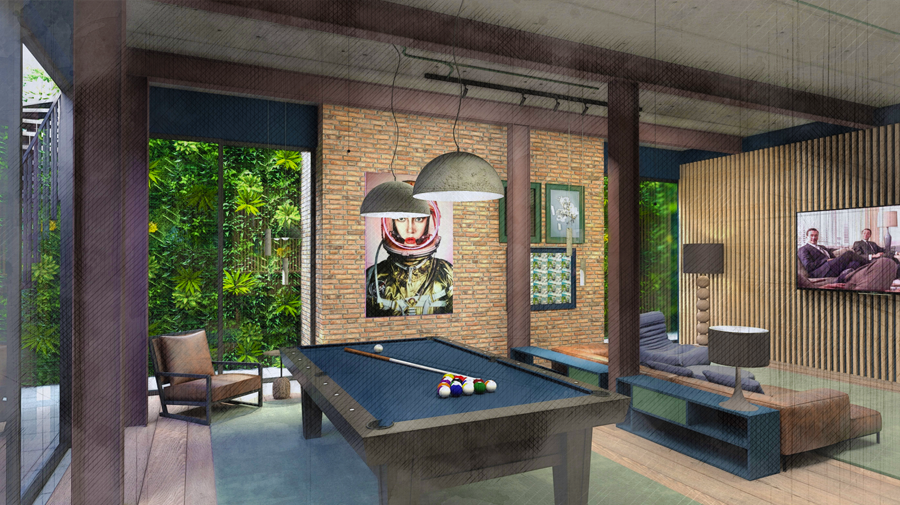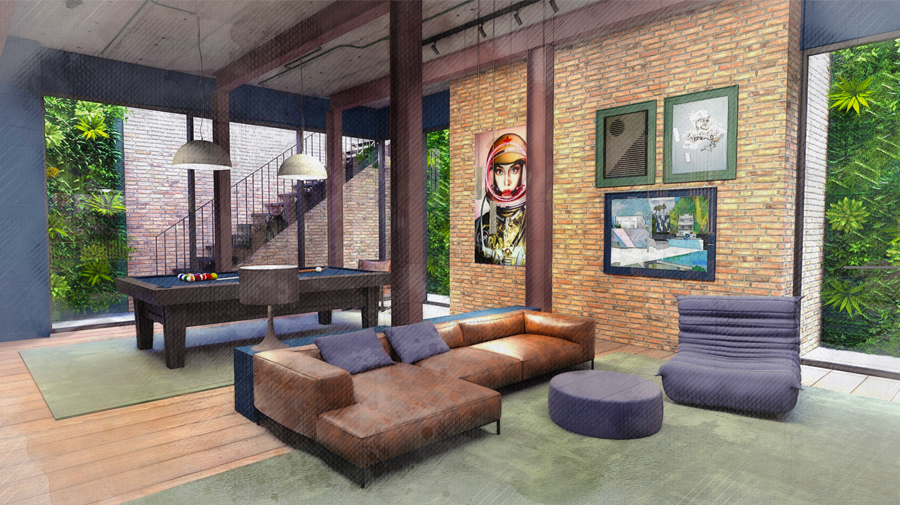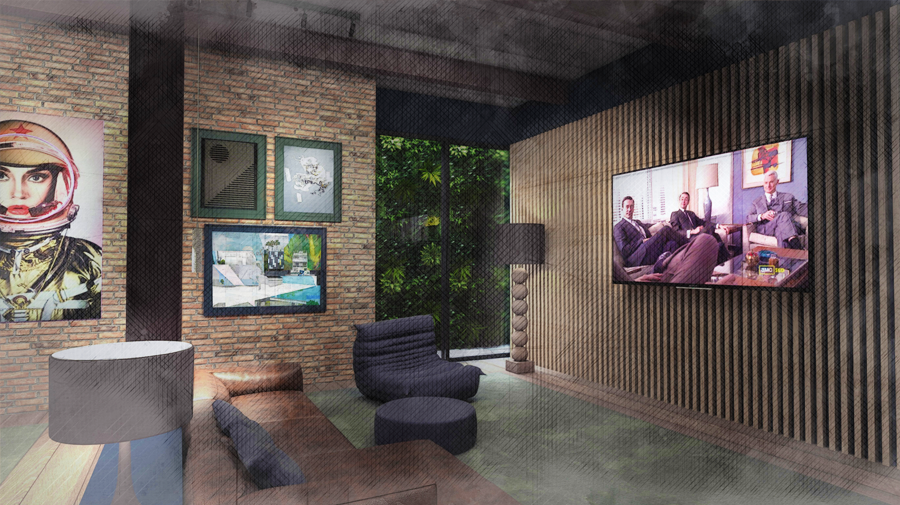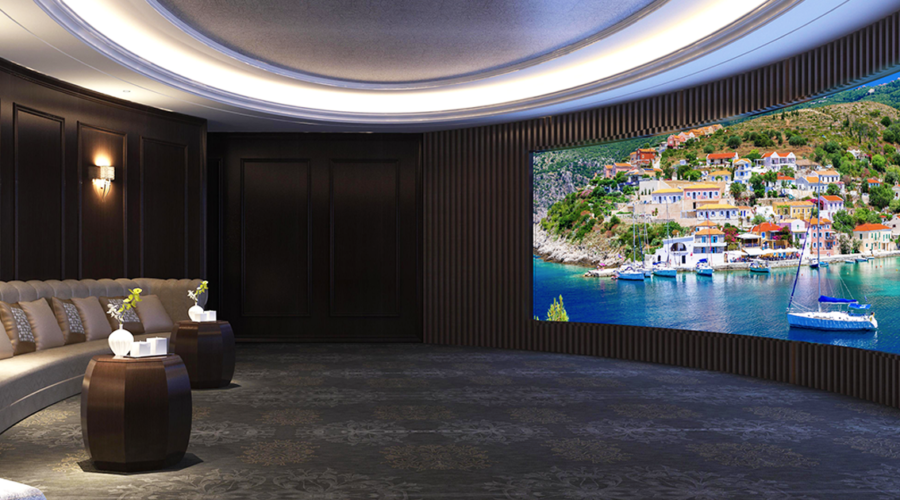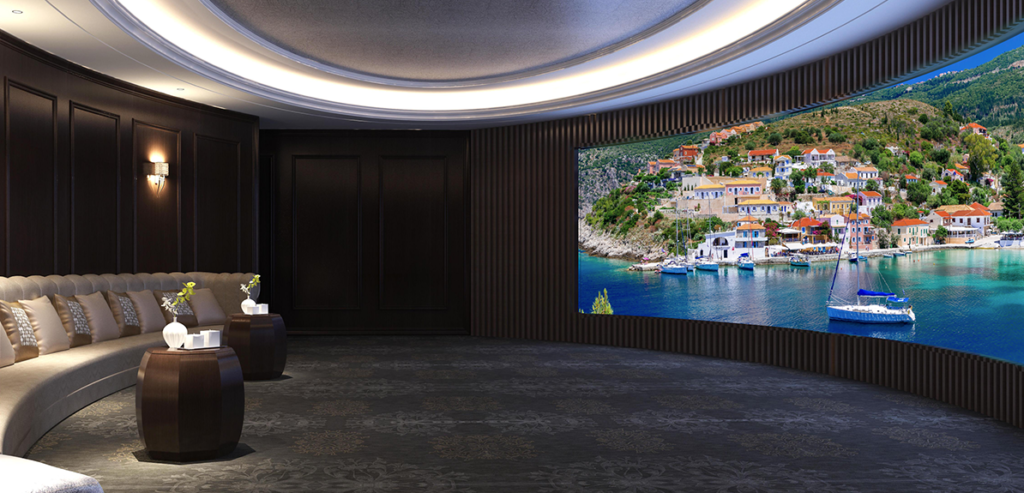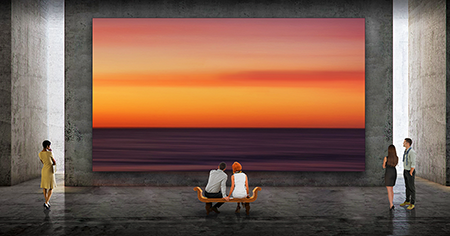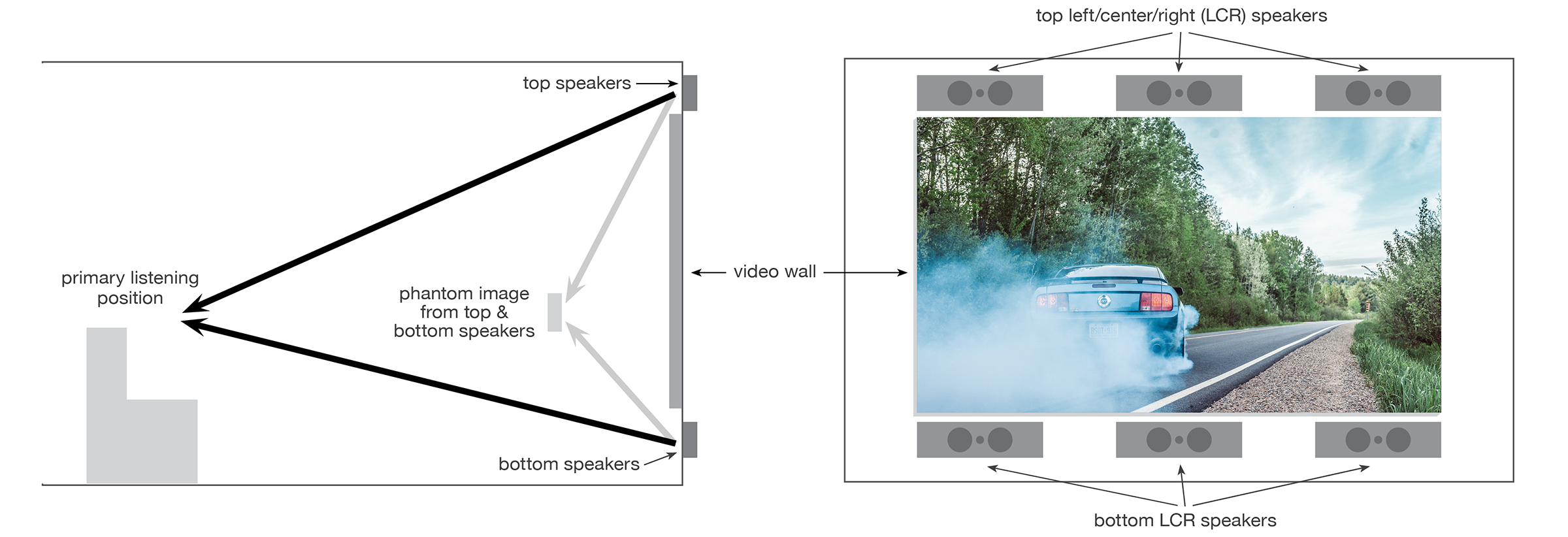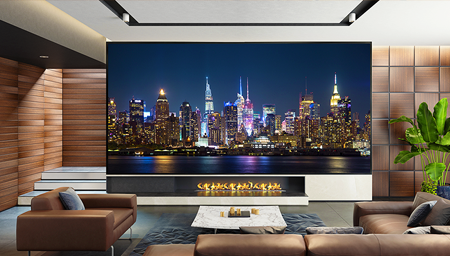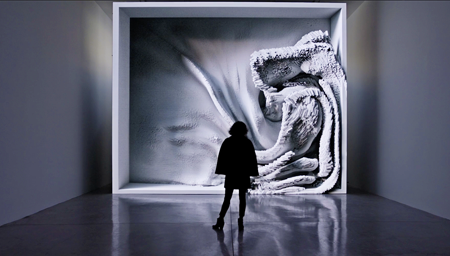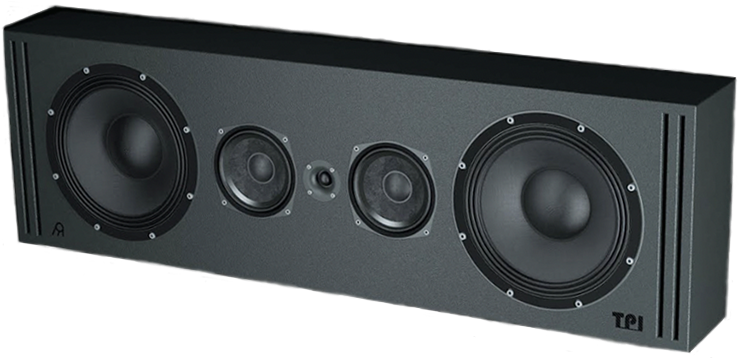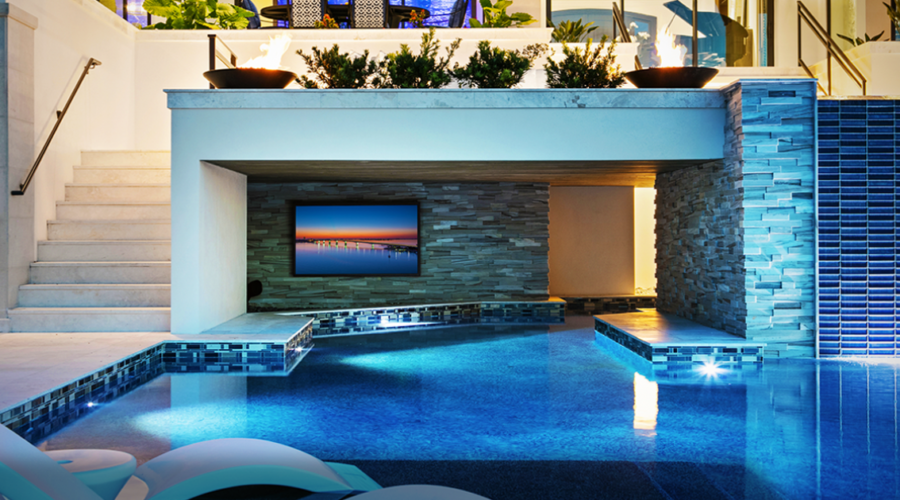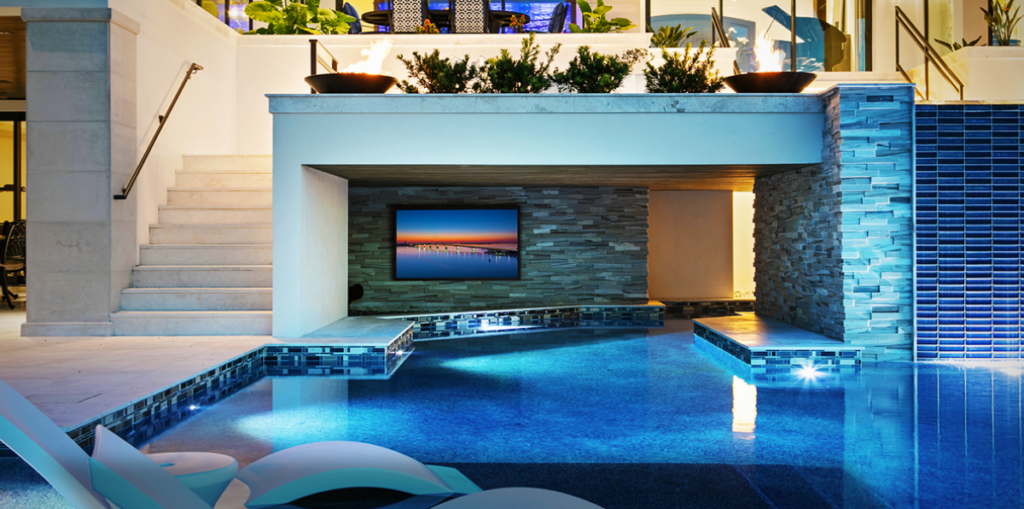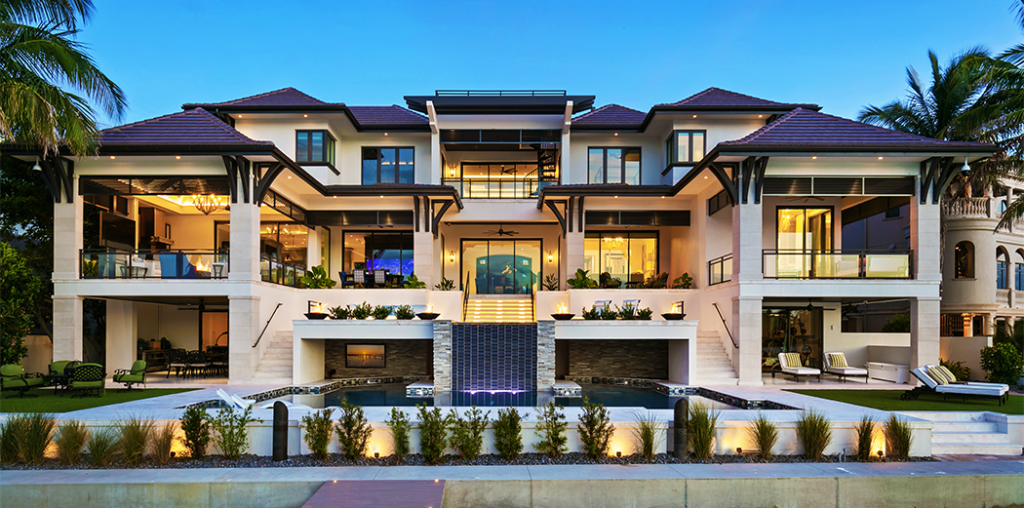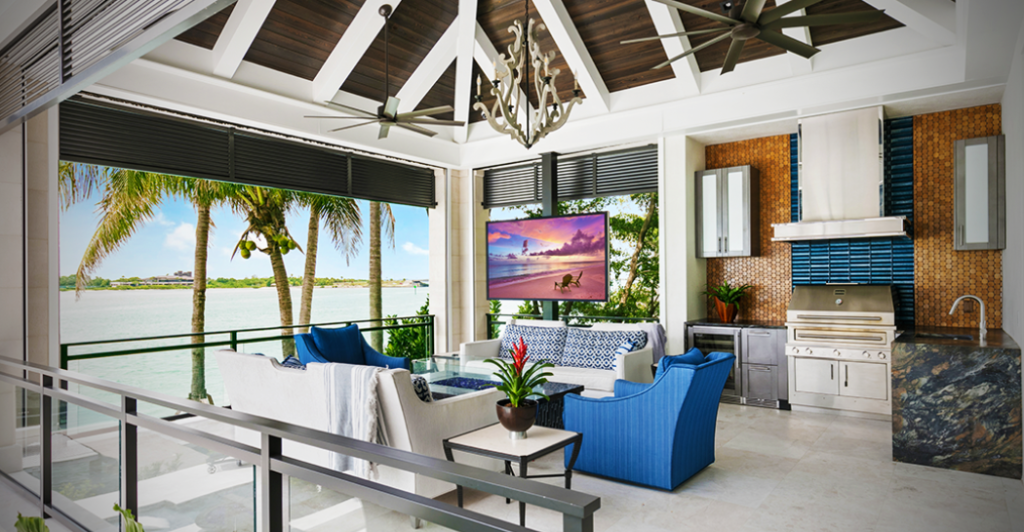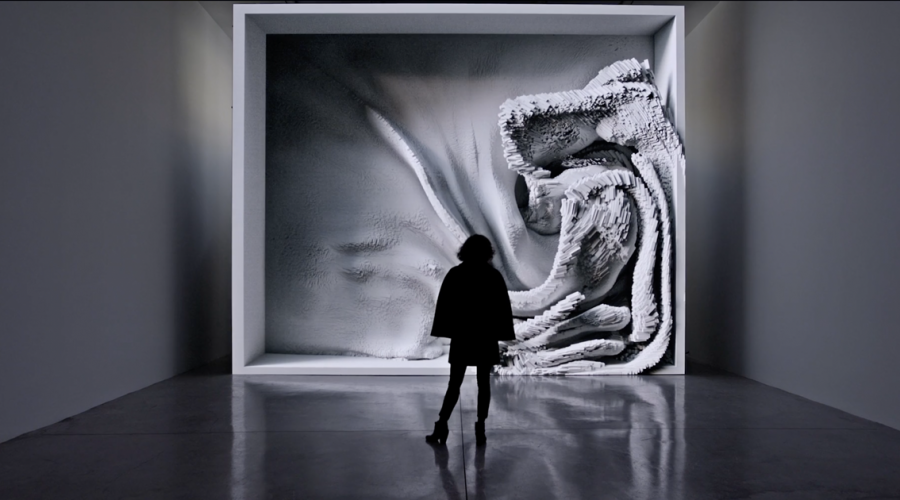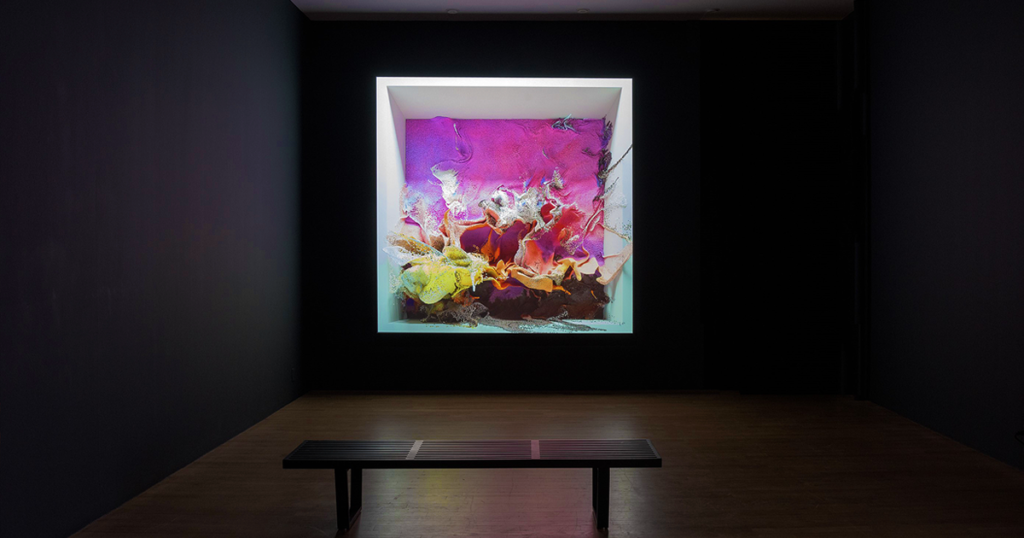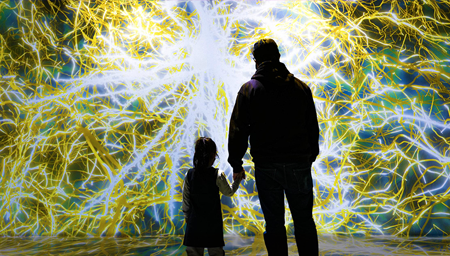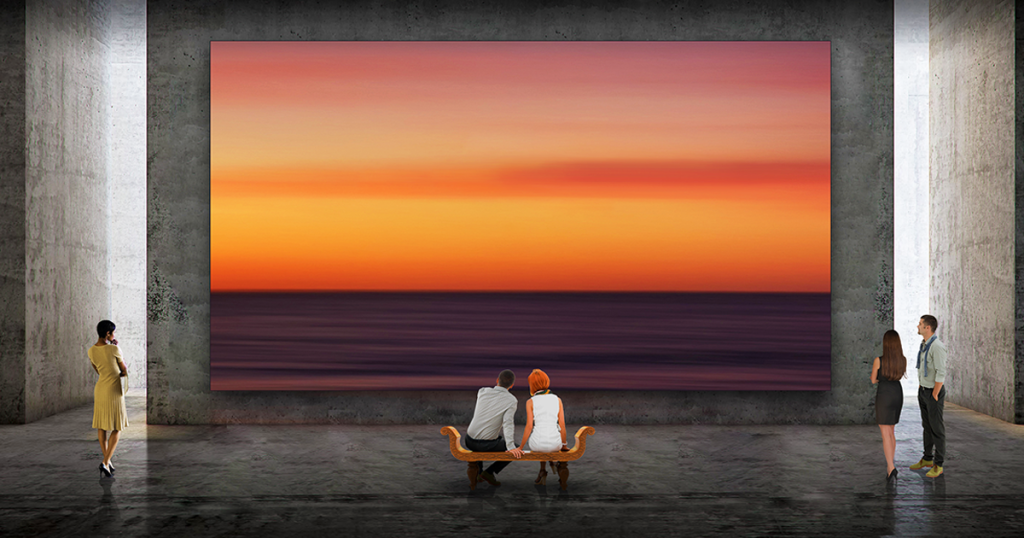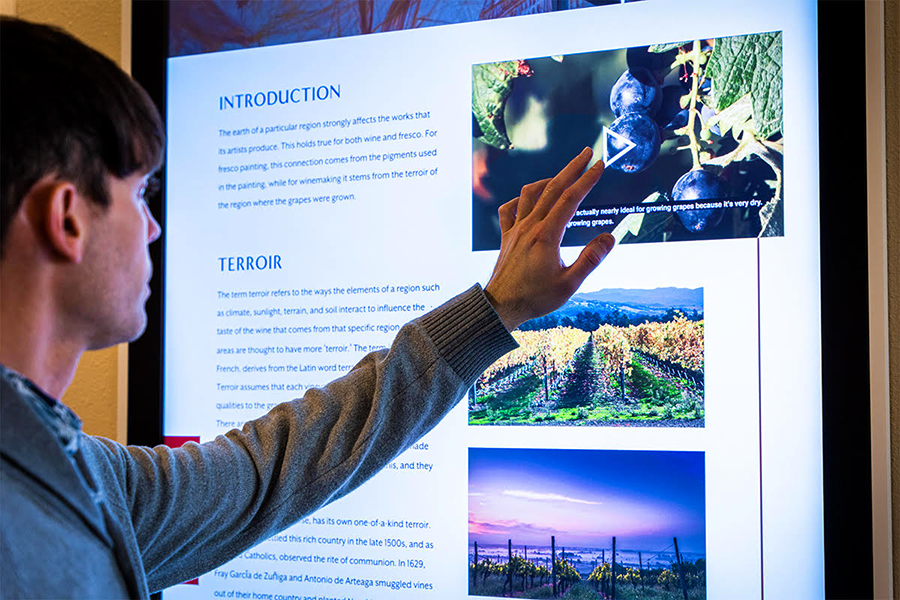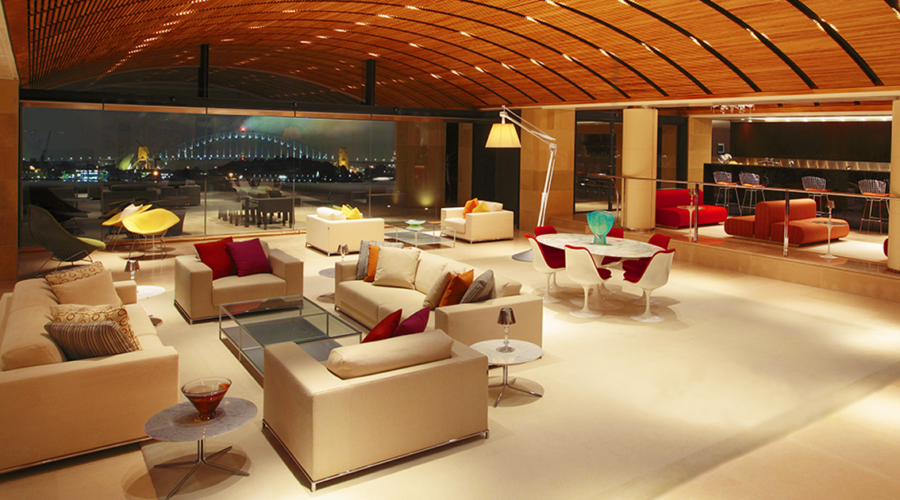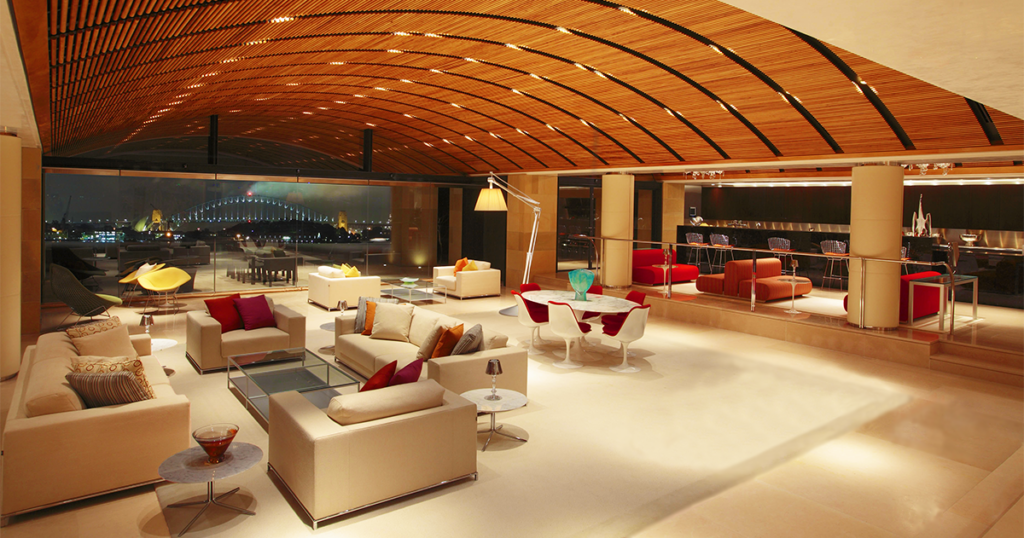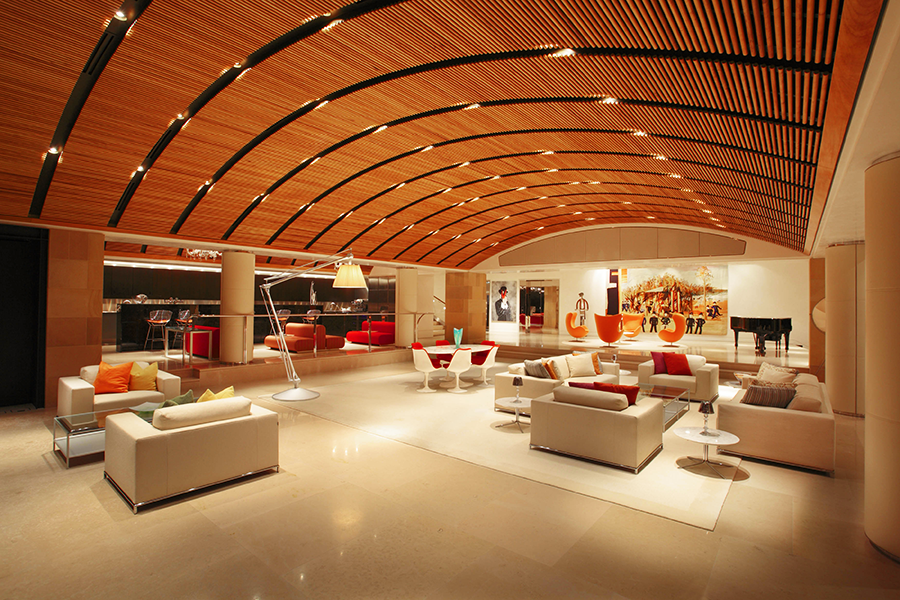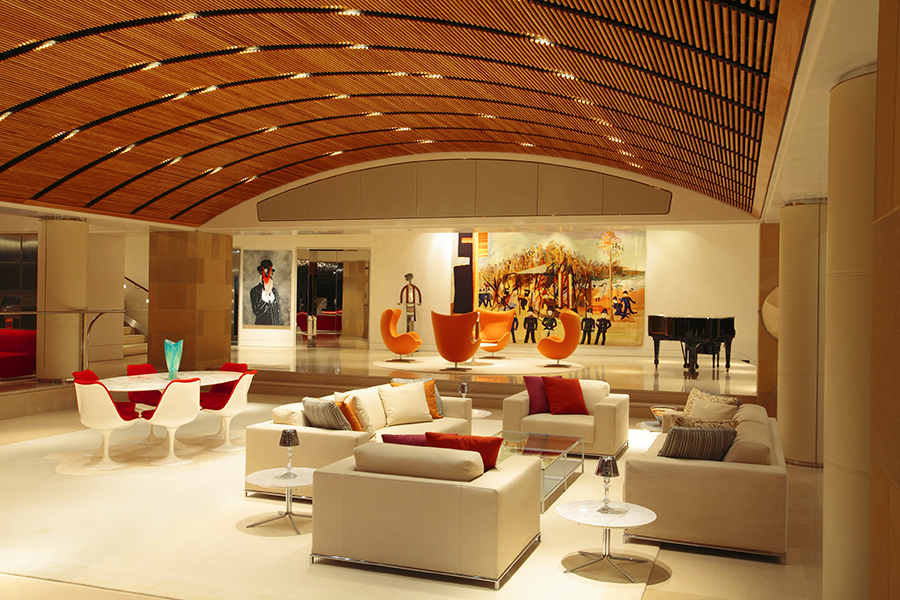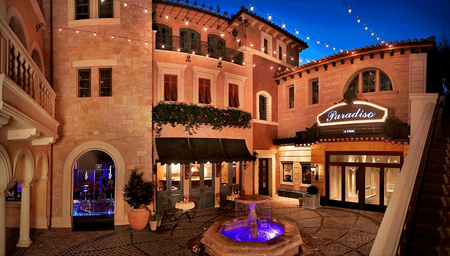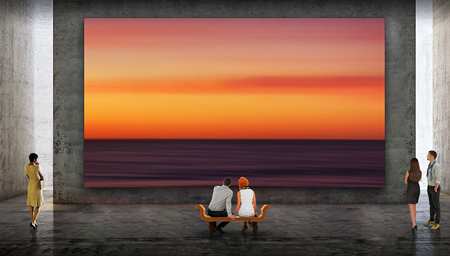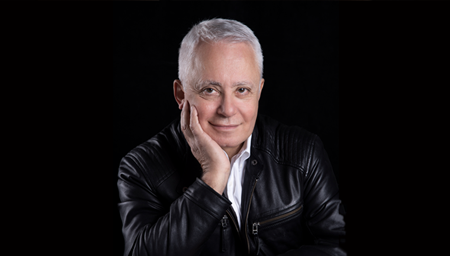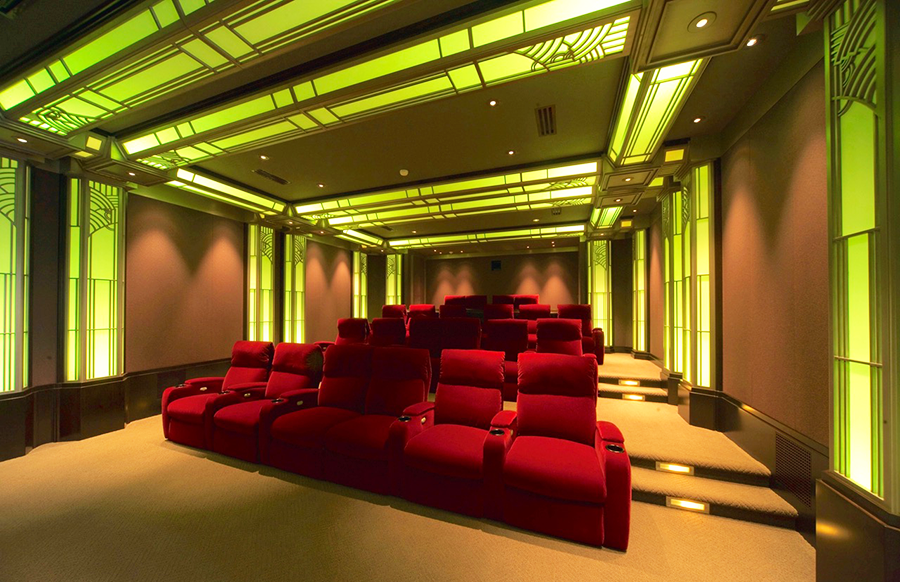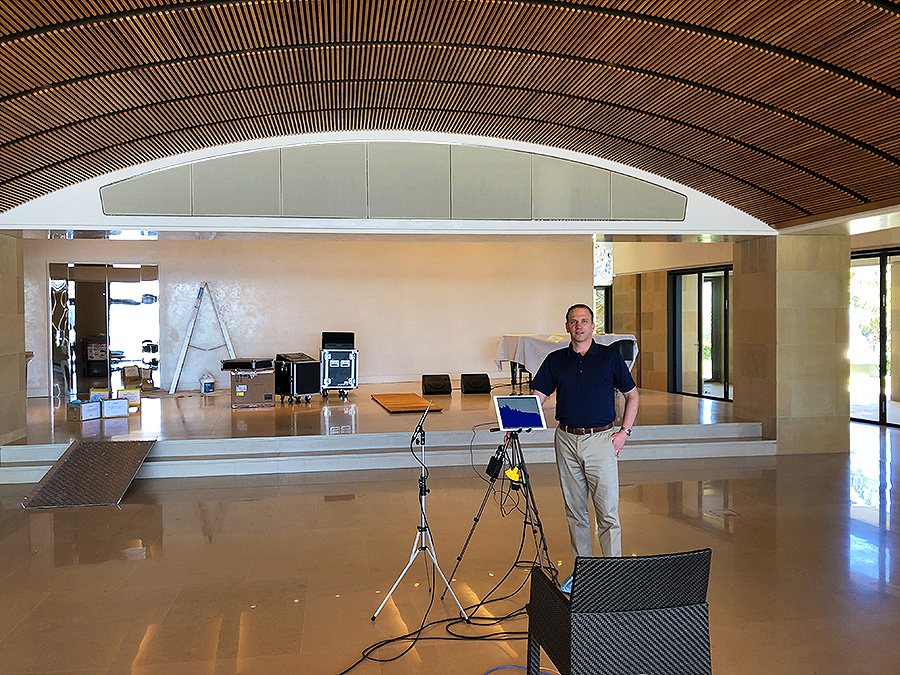Integrators, Trust, and the Trades, Pt. 2
related articles
“We want the other trades to see HTA Design Partner integrators as designer/consultants and not as just another contractor”
Sign up for our monthly newsletter to stay up to date on Cineluxe
The HTA has introduced two programs meant to dramatically change the working relationship between integrators and architects, builders, and designers
by Josh Christian
March 29, 2023
The Home Technology Association (HTA) has recently taken a big step in bridging the gap between custom integrators and architects, designers, and builders by introducing two different designations—the HTA Design Partner and the complementary HTA Technology Partner. The Design Partner is the next evolution in how the association is helping integrators get invited to projects earlier.
We interviewed architects, designers, and builders to find out what keeps them from bringing integrators onto their projects at the earliest stage—what in architectural speak is called the schematic design phase. One of the biggest reasons is that they didn’t know there are integrators that can be hired as a technology consultant. Trade partners need consultants and designers for certain aspects of the home, so they’re happy to learn that there are design-centric integrators who create drawings that can be made part of the spec for the project. And they appreciate the fact that design-centric integrators will seek out their opinion on the visible technology items. Knowing that qualified integrators offer this encourages the trade partners to see the integrator as a consultant/designer instead of as just another contractor, which is a big distinction in their eyes. It took me years to grasp this, and only fully set in when I was a pure technology consultant and designer with Axiom Design for 18 months.
Almost every HTA Certified integrator does design and engineering, though their trade partners are often not aware of this because most integrators don’t bring it to the forefront in their marketing. So we encourage them to get the word out. Architects and designers love this because it’s easier to get a client to say yes to a small initial design fee than to an $800,000 proposal. And it gives the integrator a chance to use the discovery phase to get to know the client, understand how they live, and educate them about their options and show they aren’t just there to push products.
We’re encouraging integrators to get paid for their design work, which too many of them give away for free. Architects and designers know that other professionals they may bring to their projects, such as lighting designers, MEP, civil engineers, and electrical engineers, charge for their design work. So should integrators! If they give their design work away for free, how will these professionals value what they’re providing? They’re cheapening their value in the mistaken belief that they must do free design work. Anyone leery of doing this can offer to credit back all or a part of their design and consultation fees if the client hires them for the rest of the job. The great news is that the close ratio on these projects is typically 90% or greater, as the integrator will have created a relationship with the client at this point. And if they’re good at what they do, the client will see that the integrator has their best interests in mind.
One of the big goals of the HTA Design Partner designation is to change the perception that all integrators are just there to push an agenda. Architects, builders, and designers tend to think of integrators as being pushy, trying to sell the client on things they don’t necessarily need. So we asked them what they would need to see from an integrator before they could recommend them, and then we came up with what we call our Rules of Engagement or Code of Conduct—11 things members of the Design Partner program need to follow when interacting with clients and the trades. Some of it is common sense—things like telling them how to work with the trades collaboratively and showing the kinds of drawings they should provide. And we tell them that instead of assuming what the finish is going to be or what keypad style someone might like, they should make sure to show these things to the architect or designer or whoever is referring them to the project and get their input.
Nearly 60% of our members have opted into the Design Partner program since we rolled it out mid January. But the program also has a flip side—the HTA Technology Partner designation—because there are things architects, designers, and builders do that can make it difficult for integrators to do their job. The Technology Partner designation teaches them how to work with integrators in the most productive way possible. We show them that bringing an integrator into a project early can help avoid things like change orders, project delays, wall acne, and other potentially costly problems and aesthetic compromises. And we explain how an integrator can benefit each of the trades, because of course each has different needs and they might not understand what an integrator can do to help them.
We want the other trades to see HTA Design Partner integrators as designer/consultants and not as just another contractor. We tell the trades that if we bring them integrators who can perform at this higher level, those integrators need to be treated on par with their own trade. For instance, an integrator needs to be able to present their proposal directly to the client, not through the other trades, and payments need to be above-board, not under the table. In other words, the partners need to address the things integrators have told us the other trades do that can make their job more difficult. We’ve told the trade partners that if they’re willing to work this way with integrators, we will provide them with integrators who are qualified to collaborate effectively with them.
The HTA Technology Partner is a free program any architect, designer, or builder can choose to opt into once they’ve reviewed and agreed to the five points. Participating in it shows their clients and the other trades that these partners are in a position to help address all of the client’s technology needs instead of just burying their heads as if technology doesn’t exist. Architects, designers, and builders get shopped just like integrators do, and seeing that someone is a HTA Technology Partner can be the thing that gets a client to go with them instead of someone else.
We’re really proud of having created this framework for building a properly respectful collaborative relationship between all the trades, which will help our members get hired in the earliest phases of a project. And we’re looking to establish ourselves as the leader in helping up-and-coming integrators learn how to portray themselves to architects, designers, and builders, which will go a long way toward changing the perception of the industry in general and help integrators be seen as professionals on par with the other major trades.
A technology enthusiast since he was a child, Josh Christian entered the home technology industry in 1995, soon joining a firm that he helped grow into one of the largest custom integration companies in the industry. In 2017, co-founded the Home Technology Association and became its CEO, bringing his years of experience as an integrator, marketer, and consultant to fulfilling the Association’s goals of identifying the top home technology installation firms and bringing them the recognition they deserve.
“One of the big goals of the HTA Design Partner designation is to change the perception that all integrators are just there to push an agenda”


© 2023 Cineluxe LLC
